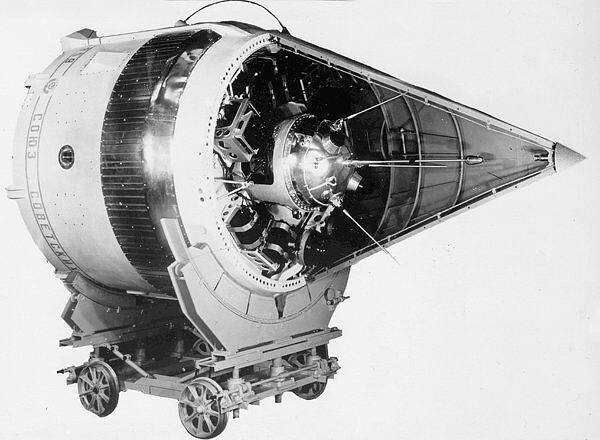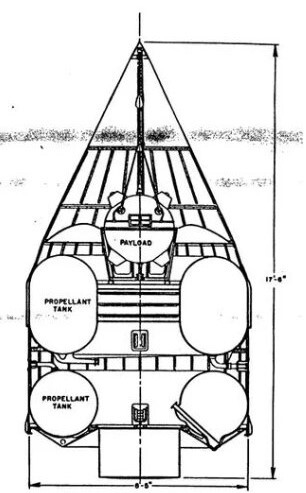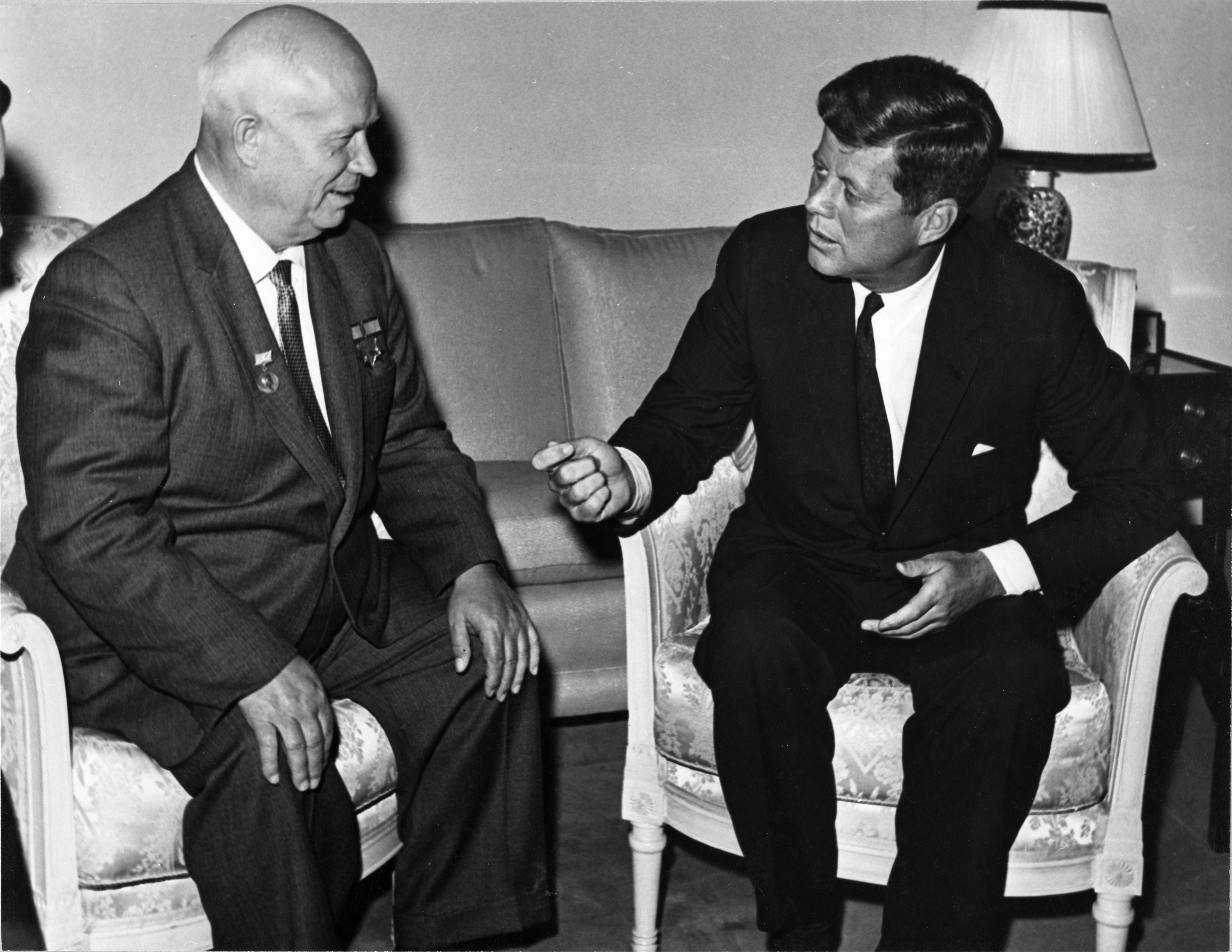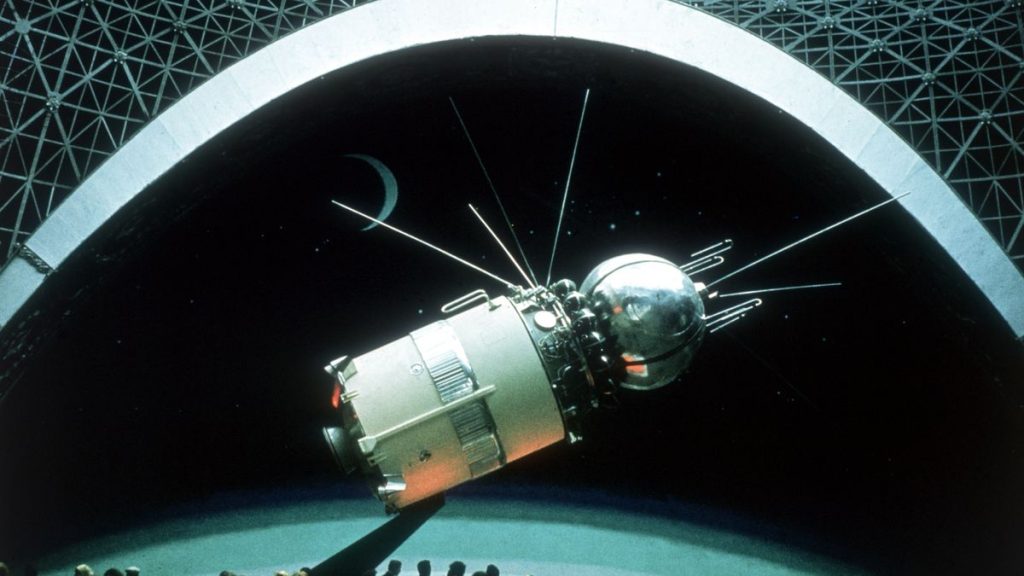The space race between the United States and the former Soviet Union accelerated in the late 1950s and 1960s, and the competition between the two countries gave further energy to space exploration. National Aeronautics and Space Administration (NASA)The determination to make President John F. Kennedy’s moon landing a reality.
Relations between the United States and the Soviet Union were undoubtedly tense, a superpower rivalry fueled by differing political ideologies and economic pursuits, as both countries sought to influence the world through the demonstration of their technological and military might.
The Soviets were planning to crash the spacecraft. Moon At the same time, the Soviet Union also gained political impact by launching a metal pennant bearing the Soviet coat of arms onto the moon. On September 13, 1959, the Soviet Union Luna 2.
Techniques and Technology
To find out how the Soviets built their lunar equipment, the CIA conducted a covert spy mission on Soviet exhibits in 1959.
CIA investigators dismantled the Lunik-2 exhibit to document what techniques and technologies the Soviets were using.
A few years later, the operation was detailed by the CIA and widely publicized as a top-secret espionage operation conducted without the knowledge of the Soviets.
The CIA’s unusual overnight operation involved the Soviet Union’s top brass space The hardware was part of an exhibition to promote the achievements of Soviet industry and the economy.
Unlimited access

According to a posting on the CIA’s “Electronic Reading Room” site:
“A team of CIA officers had unlimited access to the exhibit for 24 hours and found it to be no replica, but a fully functioning system comparable to Lunik II.”
The team disassembled the vehicle and “photographed every piece without removing it from the box, gaining valuable information about its design and functionality before putting everything back in place,” the post added.
The post concludes: “And the Soviets had no idea. It sounds like something out of a movie script. It really happened.”
Sanitized version
The “Lunik Abduction” was documented in a “sanitized” CIA history review that was declassified and released in 1995. It was written by CIA agent Sidney W. “Wes” Finer and published in the Winter 1967 issue of the CIA’s Intelligence Studies.
Keen-eyed space historian Dwayne Day first published the CIA’s Mission: Impossible-style story in the mid-1990s in Quest, an informative quarterly magazine about the history of spaceflight.
“I found the declassified documents at the National Archives. They were paper documents. [The] “This document only appeared online over a decade later,” Day told Space.com. “Note that ‘Lunik’ is not a Russian word. It’s American slang for a Russian lunar mission, not what the Russians called it.”
Factory marking

Recently, in June 2020, Black VaultThe 2 million-plus page archive obtained from the government through the Freedom of Information Act (FOIA) released the documents in their unedited form with the subheading “Factory Markings Obtained from Inside Soviet Upper Stage Spacecraft.”
These markings were later analyzed and detailed in the “Engraving Center Summary,” revealing the identity of the Lunik stage’s manufacturer and that it was the fifth built, as well as the identities of three electronics manufacturers who supplied parts, and even a part numbering system that was probably used for other Soviet space hardware.
Humpty Dumpty’s

Roenick’s CIA shenanigans were not without their comedic elements.
The act of putting things back together and then closing the crate, like Humpty Dumpty, was one of several sinister, high-stakes, yet comical endings.
“The first task was to reattach the ball to the basket, which was the most difficult. time “Part of the work took place overnight,” the document states. In fact, the design of the nose and engine bay prevented visual guidance for easy reassembly of the space hardware.
“We spent nearly an hour on this, one trying to place the sphere in the exact position in the narrow nose section, while the other tried to engage the screw on the end of an invisible rod in the engine bay,” the document states. “After many fruitless attempts and anxious hours, the connection was finally successful and we all breathed a sigh of relief.”
In terms of the mission accomplished, the kidnapping of the Lunik was “an example of remarkable collaboration in work between covert agents and essentially overt collectors,” according to documents obtained under FOIA.
For more information on this insider operation, Click here for a historical review of the CIA.


